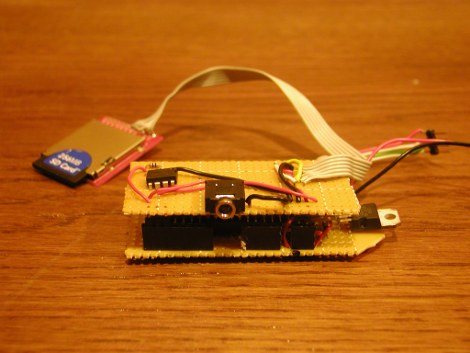Cards you should crank

These greeting cards must be the product of a mechanical engineer run amok. They come with a crank and are designed to entertain with their simple, yet elegant movements. [Thanks Phil]
Magnetic card stripe reader

[JP] built an Arduino based magnetic card reader. It uses off-the-shelf parts but if you don’t mind buying the components this will get you up and running in no time. If you want more info there’s also this Teensy based version.
Homemade Airsoft sentry gun

This sentry gun has an amazingly fast firing rate that can continue for quite a while, thanks to the big flashlight housing that is holds a lot of ammo. [Thanks David]
Scanner easter egg

The engineers over at HP had a little fun building an easter egg into this scanner. If you know what you’re doing you can get it to play the Ode to Joy. It needs to join the old-hardware band from our Links post earlier in the month. [Thanks Googfan]















